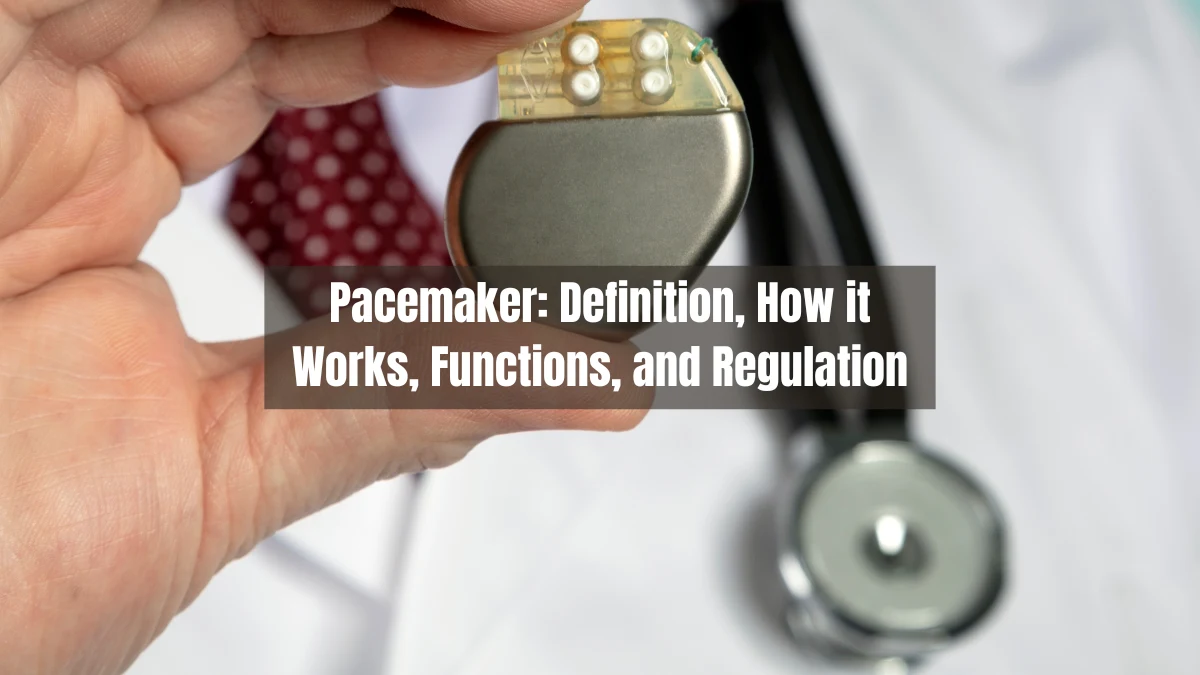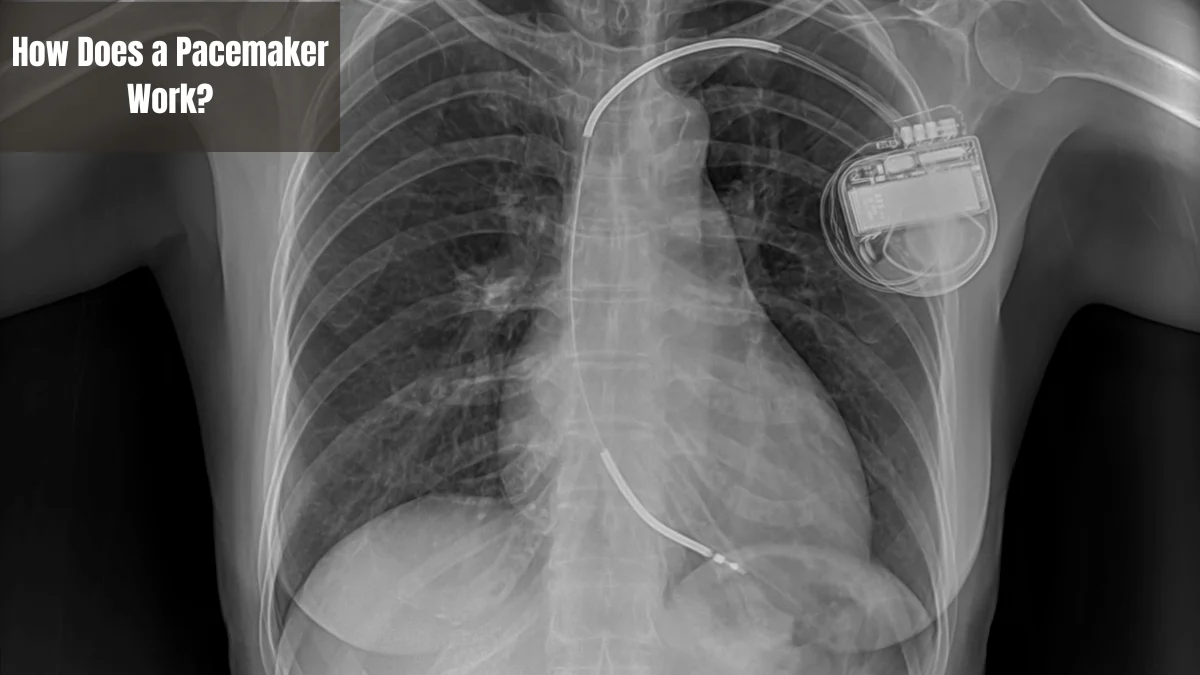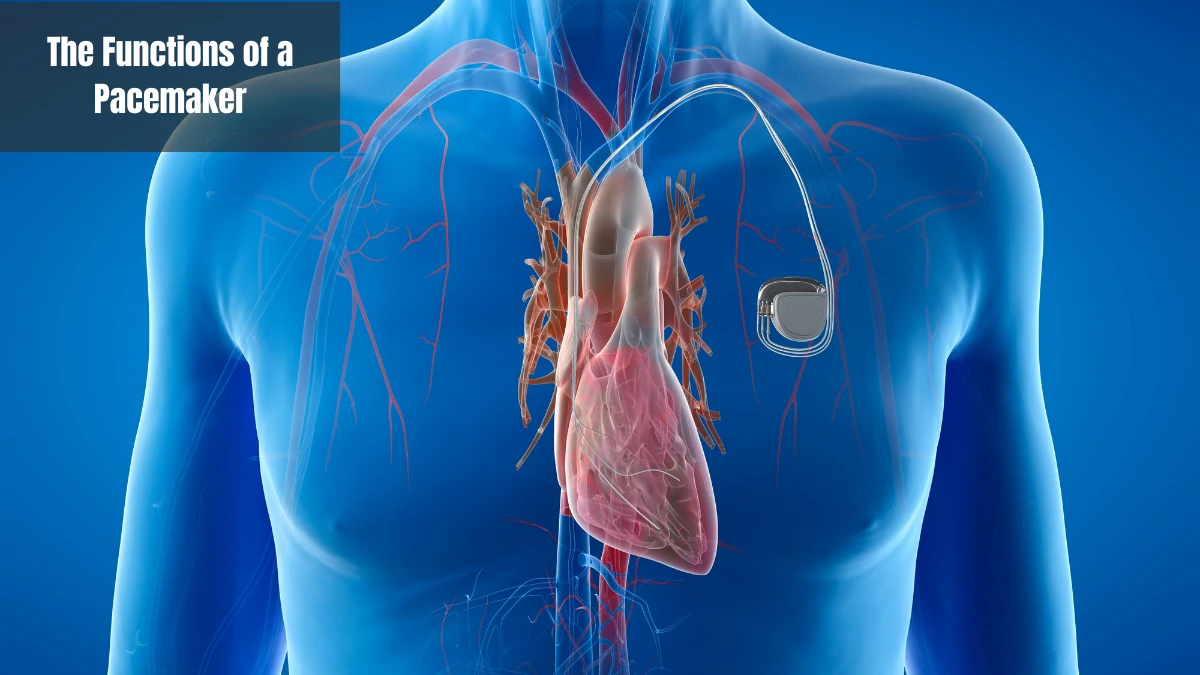An irregular heart rhythm, such as one that is too slow, too fast, or random, is certainly very risky for safety. Therefore, a pacemaker is needed as a device that helps maintain the heart rhythm.
Pacemakers are equipped with modern technology that uses Short Range Device (SRD) radio frequencies. This device is very helpful for doctors in monitoring patients' conditions from a distance.
Are you familiar with this medical device? Let's discuss pacemakers together, covering their definition, how they work, their functions, when they are used, and the regulations governing their use.
What is a Pacemaker?

A pacemaker is an electronic medical device implanted in the body, usually in the chest, to help regulate the heart rhythm. This device works by sending small electrical signals through flexible wires to keep the heart beating at a normal speed.
With the help of this medical device, abnormal heart rates, such as those that are too slow, too fast, or irregular, are controlled according to the body's needs. This allows patients to engage in activities more safely.
How Does a Pacemaker Work?

The working principle of a pacemaker is to send electrical impulses that replace the natural function of the heart when a disturbance occurs. Here is how it works in detail:
- Heart rate detection: The pacemaker continuously monitors the electrical activity of the heart. If there is an abnormality, such as a slow heart rate, the device can detect it.
- Sending electrical signals: When an irregular heart rhythm is detected, an electrical signal is sent through a lead connected to the heart.
- Heart contraction: The device causes the heart muscle to contract with the electrical signal it sends. This allows the heart to beat normally again.
Modern pacemakers are also equipped with additional features such as wireless communication with a specific frequency band. This feature allows doctors to monitor patients without the need for invasive procedures and to reset the device remotely.
The Functions of a Pacemaker

The pacemaker has several functions, including detecting abnormalities, sending electrical signals, maintaining a normal heart rate, and monitoring the patient's condition. Here are some functions in detail:
Detecting abnormalities
One of the main functions of a pacemaker is to detect abnormalities in the heart rhythm. The implanted device continuously monitors the heartbeat and detects if the heart rhythm is abnormal, faster, slower, or irregular.
Sending electrical signals
The function of sending electrical signals is to stimulate the heart muscles that are detected as abnormal. Electrical impulses to the heart cause contractions and keep the heart rate at a normal frequency. Don't worry, the electrical signals sent do not cause pain.
Maintaining a normal heart rate
An abnormal heart rhythm is very risky for safety. A pacemaker can help the heart beat at a normal speed again. The heart rate frequency will be adjusted based on the body's activity needs.
Monitoring the patient's condition
In addition to functions that can be directly felt by the body, pacemakers also have functions for medical personnel in monitoring the patient's condition. Through the telemetry system, every heartbeat of the patient can be accessed and monitored directly by medical personnel.
What Conditions Need a Pacemaker?
- Arrhythmia: A condition in which the heart rhythm is disrupted, causing the heartbeat to be too slow, too fast, or irregular.
- Bradycardia: A condition in which the heartbeat is very slow due to aging or problems with the heart's electrical system.
- Sick sinus syndrome: A condition in which the body's natural pacemaker does not function properly.
- Heart block: A condition in which there is a problem with the electrical pathways in the heart, causing a delay or interruption in the impulses between the chambers of the heart.
Pacemaker Regulation

The pacemaker uses communication technologies such as Short Range Device (SRD) that operate within a specific frequency spectrum. In every country, any SRD-based wireless device is required to have a Type Approval Certification.
Pacemaker regulation requires all radio frequency-based devices to meet specific technical standards before being sold in the country. The certification ensures that the product meets government safety and quality regulations and does not interfere with other communication devices.
The certification process involves technical testing, such as frequency adjustments, safety checks, and compatibility with the surrounding environment. Once the tests are completed, products that pass are listed in a Test Result Report, which confirms that the product is safe and ready for sale. This report reassures customers that the product meets technical standards and is secure.
For companies wanting to sell a pacemaker, Type Approval Certification Services for ICT Products are available to assist with this process. This service includes preparing technical and legal documents, conducting required testing, ensuring compliance with regulations, helping companies streamline the certification process, and giving consumers confidence in certified products.